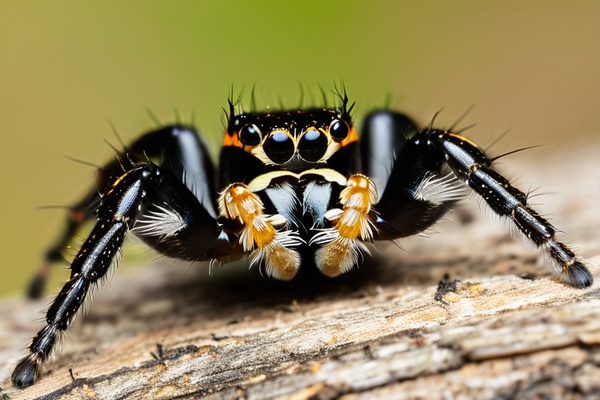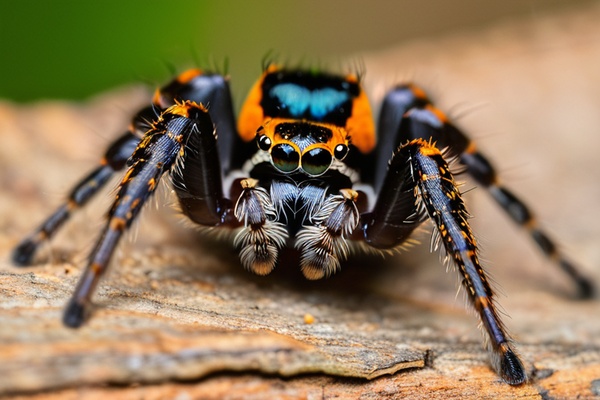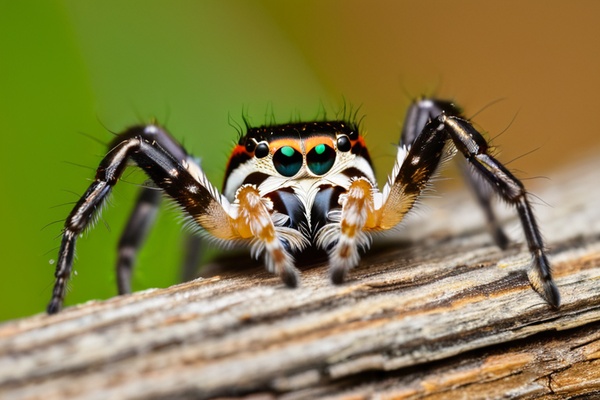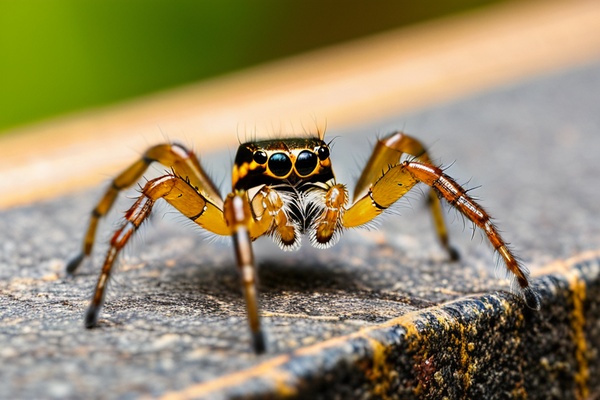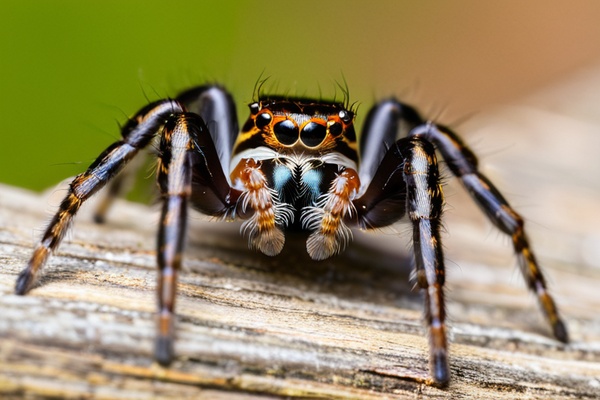
Common House Barker (Flatulus domesticus)
Size: 8-12mm
Habitat: Human dwellings, particularly during social gatherings
Sound Pattern: Short, staccato "pfft" at 2-3 second intervals
Peak Activity: Post-meal periods

Characteristic sharp peak followed by rapid decay
